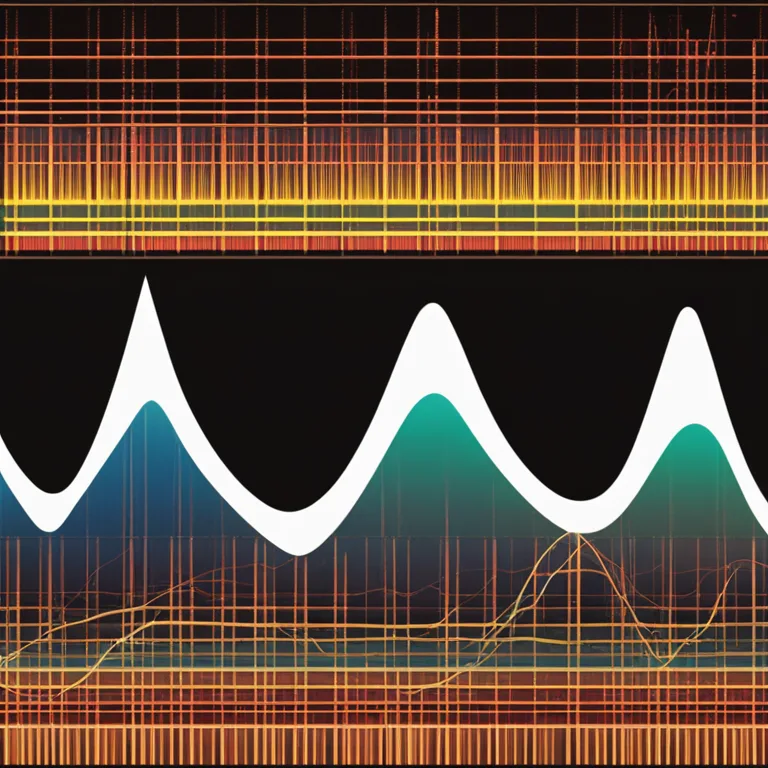
The Dynamics of Biorhythms: Core Principles
Discover the fundamental concepts behind biorhythms and their purported influence on physical, emotional, and intellectual states.
article by Adrian Wallace
The Essence of Biorhythms
In the quest to understand the ebbs and flows of the human experience, one fascinating concept is that of biorhythms. Biorhythms are theoretical cycles that purportedly affect various aspects of our well-being. These cycles are believed to influence our physical, emotional, and intellectual states, beginning from birth and oscillating in predictable patterns. The study of biorhythms aims to chart these periods of highs and lows in order to better understand and anticipate individual performance and disposition.

Physical Biorhythm Cycles
The physical biorhythm cycle, said to last approximately 23 days, is considered to manage aspects of our physical strength, stamina, and overall vitality. Advocates of biorhythm theory assert that being aware of this cycle can help individuals anticipate periods of physical peak performance, as well as days where rest and recovery might be more beneficial. This rhythmic swing from high to low physical prowess is an integral part of the biorhythm model.

Emotional Biorhythm Cycles
Meanwhile, the emotional biorhythm cycle, which allegedly spans around 28 days, corresponds to one's mood, creativity, and mental well-being. During a high trend in this cycle, individuals may feel more positive, stable, and emotionally resilient. Conversely, when the cycle dips, it can lead to less optimal phases of moodiness or emotional turbulence. Tracking this pattern is said to help with managing relationships and emotional health.

Intellectual Biorhythm Cycles
The intellectual biorhythm cycle is theorized to run every 33 days and is involved in governing mental acuity, decision-making, and learning potential. When this cycle is at a high point, cognitive functions are purportedly at their peak, making it an ideal time for problem-solving and intellectual tasks. At low points, concentration may falter, suggesting that critical decisions and complex learning should be approached with caution.

The Critiques and Controversies
It is important to note that biorhythm theory, while popular in some circles, is not accepted by the mainstream scientific community. Critics argue that there is a lack of empirical evidence supporting the existence of biorhythms and their influence on human life. Nevertheless, biorhythms continue to be a topic of interest, with enthusiasts claiming that anecdotal successes warrant further exploration and understanding.
Modern Biorhythm Applications
Despite the skepticism from scientific quarters, biorhythm theory has found a place in today's digital world. Numerous apps and online calculators promise to track these personal rhythms, aiming to aid users in scheduling important activities or understanding their fluctuating dispositions. While the technology is relatively straightforward, relying on date-of-birth inputs to chart one's cycles, the interpretations remain controversial and are often considered a form of entertainment rather than scientific guidance.
The Future of Biorhythm Study
Looking ahead, one can anticipate that the fascination with understanding the cyclic patterns of human experience will persist. Whether future research will bring biorhythms into the realm of validated science or continue as a niche interest remains to be seen. What is clear is that the concept of biorhythms is alluring for those seeking insights into the intricate workings of the human condition.
Published: 12/28/2023
Modified: 12/28/2023
More predictions
Come back here soon to learn more about yourself and your future


The Accuracy of Biorhythms: Fact or Fallacy?
Evaluating the precision of biorhythms and how they merit in personal assessment for the contemporary mindful individual.


Measuring Your Biorhythms: A Step-by-Step Guide
Discover how to track and measure your biorhythms to better understand your physical, emotional, and intellectual cycles for optimal well-being.


Halting Biorhythmic Cycles: Can It Be Done?
Discover whether it's possible to stop your biorhythms and the implications it might have on your well-being and life harmony.